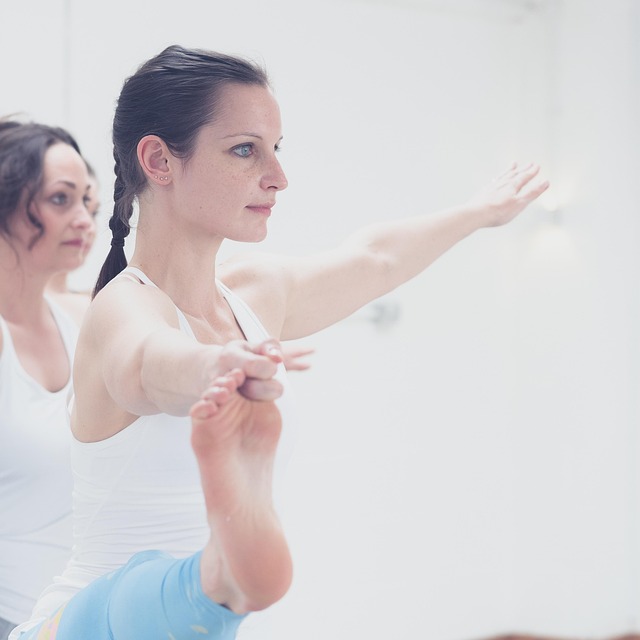When it comes to photography, one of the most crucial yet often overlooked aspects is the white balance correction. This fundamental process can either elevate your images to cinematic masterpieces or reduce them to muddy colors that don’t do justice to the moment captured. Understanding white balance is essential for photographers who aspire to create stunning visuals that resonate with the viewers.
The first step in mastering white balance correction is to familiarize yourself with the color temperature scale. Each light source, from the golden hour sun to the harsh fluorescent lights, emits a different color temperature, measured in Kelvin (K). During a sunrise or sunset, for example, the warm tones can create beautiful ambiance, while artificial lights might cast an unflattering green or blue hue on your subject. Knowing how to manipulate these aspects through your camera settings can significantly impact your final image.
Most modern cameras offer various white balance presets, allowing photographers to select the appropriate setting based on the lighting conditions. However, relying solely on these presets can sometimes leave you with less-than-perfect results. This is where manual adjustment comes in. Taking the time to learn how to manually adjust your white balance correction settings can drastically enhance your image quality. Experimenting with manual settings can help you achieve that perfect shot that accurately reflects what your eyes see.
Additionally, post-processing software like Adobe Lightroom or Photoshop provides photographers with advanced tools for fine-tuning white balance after a shoot. Even if you shoot in RAW format, which provides more editing flexibility, knowing how to make precise adjustments will allow you to breathe life into your images. This editing stage is where the magic happens – transforming dull or uneven color casts into stunning visuals that truly pop.
Lighting, inherently tied to photography, plays a vital role in how colors appear in an image. Natural light can bring out the best colors in your composition, while the wrong artificial lighting can alter your images in ways that might detract from their beauty. Understanding the dynamics of lighting and its interaction with your camera’s optics is imperative for executing perfect white balance correction.
One effective technique is to use a gray card or a color checker during your shoot. These tools allow you to have a reference point for the white balance correction. By photographing a gray card in the same lighting conditions, you create a baseline that can be used during post-processing. This ensures that your whites stay true to form and prevents unintentional color casts that can creep in during editing.
Moreover, the emotional impact of correctly executed white balance can elevate a simple photograph into a powerful storytelling piece. Colors play a significant role in conveying moods and emotions; for instance, warm tones evoke feelings of comfort and nostalgia, while cooler tones can impart a sense of calm or sadness. This applied understanding of color theory makes the art of white balance correction not just a technical practice, but an emotional endeavor that connects you with your subject and audience.
Practicing your white balance correction skills through different lighting scenarios will not only enhance your overall photography but will also enrich your understanding of light and color. The road to mastering white balance is continuous; every shoot provides an opportunity to learn and improve your editing techniques. So grab your camera, head out into a spectrum of light, and start experimenting with white balance correction. The results will truly be worth the effort!




